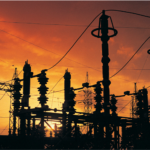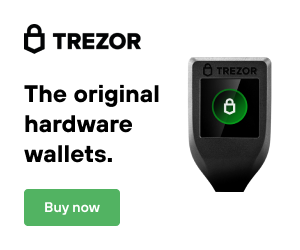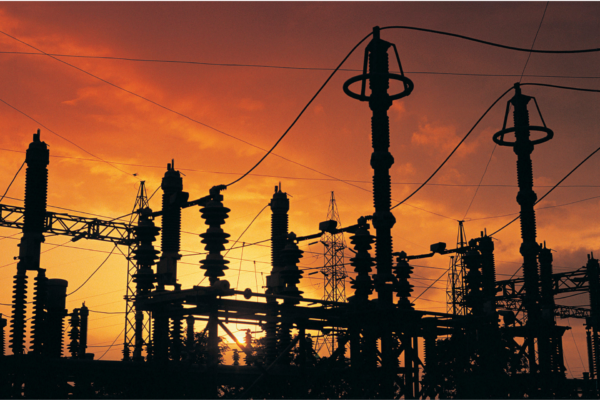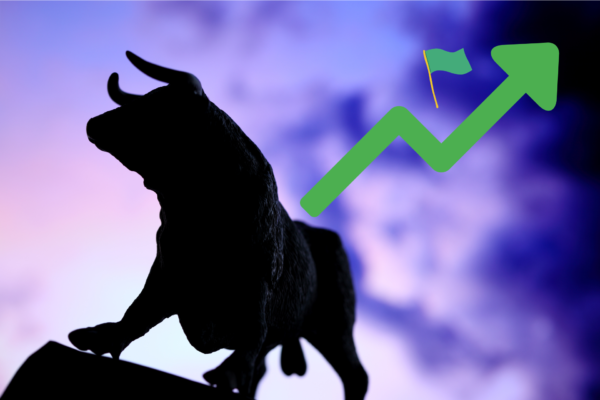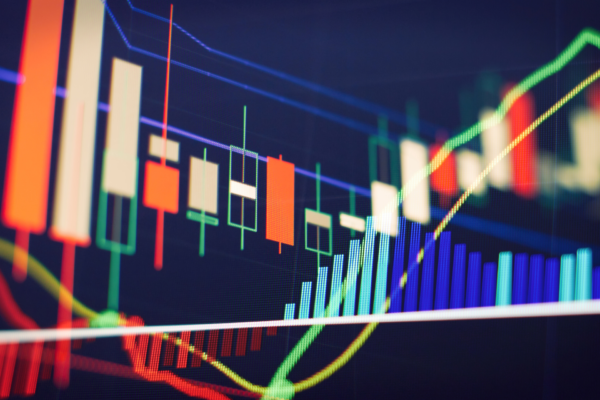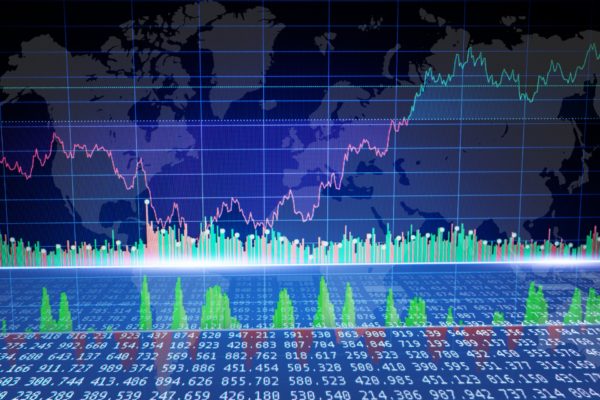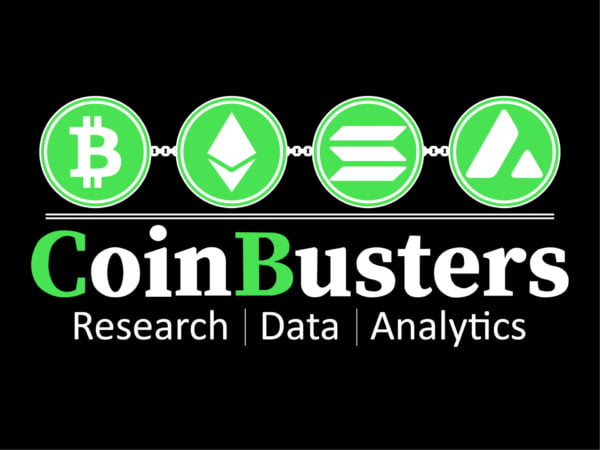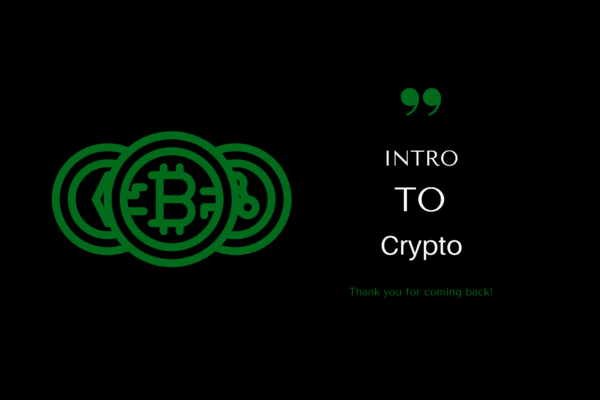Nearly all major cryptocurrencies today employ “Smart Contracts”
Bitcoin, Ethereum, Cardano, Polkadot, and many others have become mainstays in the world of crypto because of this. Bitcoin’s adaptation of smart contracts is simple – payments. Ethereum, Cardano, Polkadot, and many of the newer smart contract developers have expanded upon this premise to create powerful capabilities for developers and users within their ecosystems.
But what is a smart contract? Why should anyone care about them?
Many of us have been exposed to the concept of smart contracts without even realizing it. One such example is a vending machine. A vending machine has a set of programmed functions that operate just like a smart contract. If enough money is inserted for a selection is made, then the selected snack is dispensed. The automation of this process removes the need for human intervention and lets it function autonomously. Smart contracts have use cases that will expand exponentially in the next decade as technology continues to progress.
Smart contracts are simply computer codes that perform actions when certain conditions are met. They are self-executing and force transactional obligations to be met per the contract, thus ensuring the rules under which the transaction occurs. The beauty of smart contracts is their versatility.
Ethereum, the world’s second largest cryptocurrency has created an entire ecosystem within its blockchain that uses smart contracts. Ethereum’s token, Ether (ETH), is required to execute smart contracts and complete transactions. If a transaction has rules – money moving (Do you have enough money in your account? Are you sending money to a real address?), a game being played (You did something and get a reward), a smart contract can automate it. The beauty of this technology is its flexibility.
Currently, the major use cases of smart contracts are skewed heavily towards financial transactions. The smart contract removes the need for a bank or similar financial institution to oversee transactions. In the future, this will change markedly to disrupt many more industries.

As an example, think of the real estate industry as we know it today. Trying to buy or sell a house is complicated – it requires all sorts of paperwork, communication between the banks, real estate brokers, insurance, and more. The complexity of this process is historically why home buyers and sellers pay real estate agents to oversee these aspects of the transaction, but it comes at a cost; roughly 7% of the sale price is paid from the seller to the agents. However, smart contracts are bringing new opportunities to this space.
A Malibu Beach House would cost several million dollars. For most of us, that’s unaffordable. But, if the owner tokenizes the house, essentially creating a digital asset via a smart contract the house could be sold on a public exchange.
If the owner wanted to receive $1,000,000 for their property, and five people went on the exchange to each purchase $200,000 of the tokenized asset, the owner would relinquish ownership rights of the tokenized asset, and each of the five investors would now own the 20% of the house. More importantly, because this is done through blockchain, all future decisions regarding the property would now require agreement by all of the owners, including but not limited to selling the property. However, each investor would still be free to do as they wished with their 20% stake within the confines of the smart contract, such as re-selling it to a different investor. For investments that use AirBNB, apartment buildings, etc. this presents an entirely new way of generating passive income, all enabled by automation on the blockchain via smart contracts. There is an Australian Company, BrickX, that is doing just this.
A smart contract is just a computer program for a blockchain. Outside of the world of cryptocurrency, we know well the power that computer programs possess. The internet, video games, TV – everything revolves around computer code. The concept of smart contracts abstracts this process up to the industry level, and in the next 10 years we will see it manifest itself in shapes we haven’t even considered yet.

